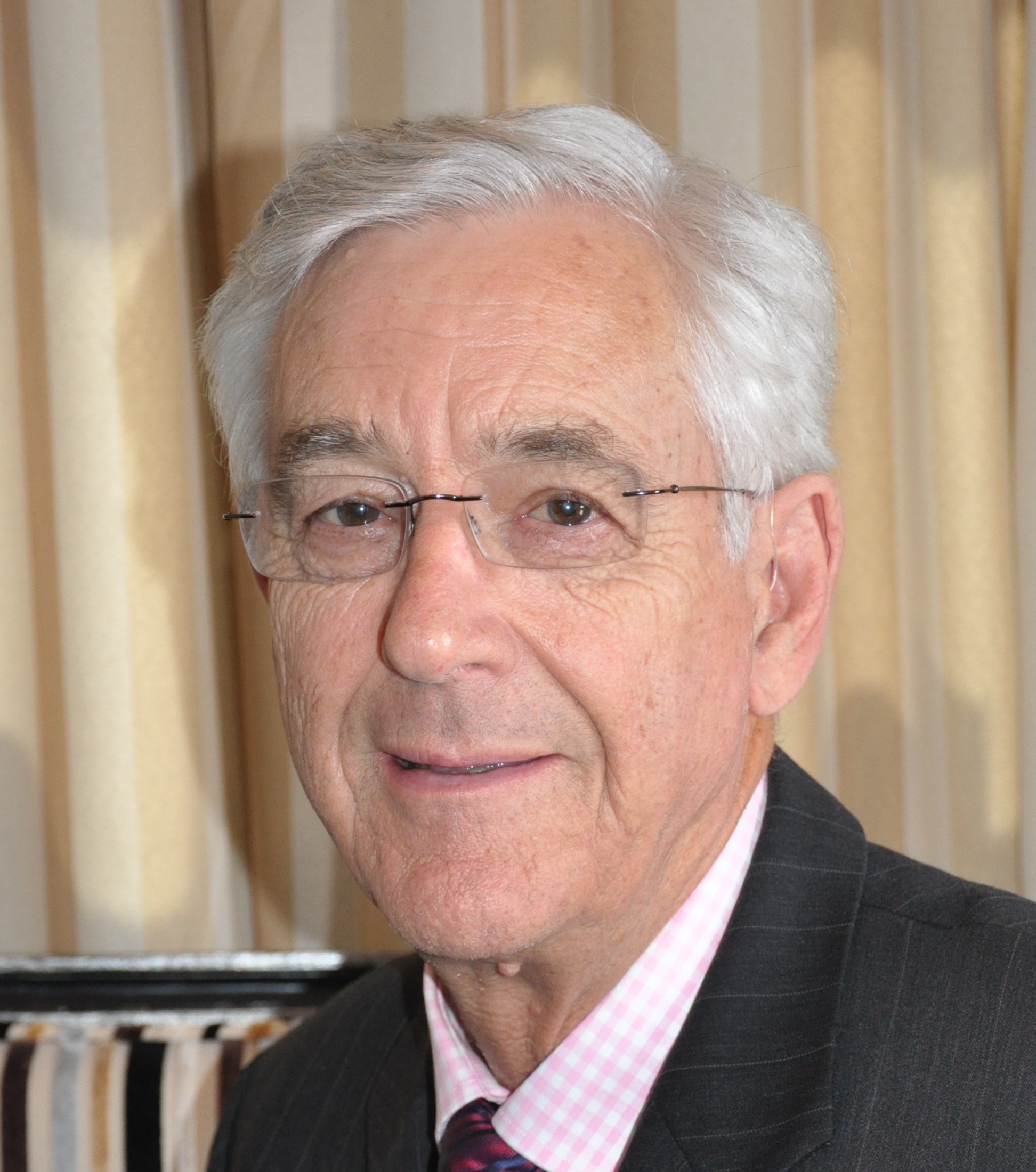Keynote Speaker

Prof. John Trinder
Emeritus ProfessorSchool of Civil and Environmental Engineering
The University of New South Wales (UNSW Sydney)
Australia
Speech Title: Remote Sensing for Ecosystem Services and Urban Sustainability
Abstract: Sustainable development and urban sustainability will be described in the presentation, followed by demonstrations of the need for green spaces in cities, and the consequences of fragmentation of green spaces on biodiversity. While cities will continue to exist because of the increases in population around the world, said to reach about 8.5 billion by 2030, proposed desirable minimum green cover are recommended to be of the order of 15% to 20% in CBDs and industrial areas, 25% to 30% in residential and light commercial areas, and up to 50% in suburban areas.
Ecosystem Services (ES) are those services provided by the natural environment and properly functioning ecosystems, for the benefit of humans. They demonstrate the extent of dependence of humans on the natural environment. ES are represented by flows of material, energy and information from natural capital stocks, which combine with manufactured and human capital services to produce human welfare. Expressed another way, human well-being is dependent on interactions between built, social, human and natural capital.
The presentation proposes that assessment of ecosystem services (ES) should be used as a basis for sustainability of urban areas. It will demonstrate how researchers have used geospatial technologies, especially remote sensing, to define ecosystem services (ES) for urban environments and therefore that sustainability of urban areas can be based on the evaluation of demand and supply of ecosystem services.
Recently ES have been listed into four major categories: provisioning, regulating, cultural and amenity service, and supporting and habitat services, describe as follows:
* Provisioning services include material products obtained from ecosystems, including food, fibre, fresh water and genetic resources.
* Regulating services are benefits including regulation of climate, water, pollination and some human diseases.
* Cultural services are the non-material benefits obtained from ecosystems through spiritual enrichment, cognitive development, reflection, recreation, and aesthetic experience, as well as their role in supporting knowledge systems, social relations, and aesthetic values.
* Supporting and habitat services are those that are necessary for all other ES, such as biomass production, nutrient cycling, water cycling, provisioning of habitat for species, maintenance of genetic pools and evolutionary processes.
The supply of ES refers to the capacity of a region to supply a service, and demand for ES is the amount actually consumed. Therefore, these two services are combined to form the ecosystem footprint, which is the area needed to generate the ES required by a certain region in a timeframe. The applications of remote sensing technologies for determining supply and demand of ES have been demonstrated by several researchers, while it is recognized that access to remote sensing data at a range of resolutions, as well as volunteer collection of data will be required to achieve rapid compilation of ES. There have been rapid advances in earth observation technologies recently, that enable the collection of data on the terrain surface, and characteristics of land use/land cover. There are therefore likely to be improved satellite data available to determine more detailed estimates of supply and demand of ES in future.
Keywords: Sustainable development, Urbanization, Remote sensing, Ecosystem Services, Natural capital.
Biography: John Trinder was employed at the University of NSW, Australia, from 1965-1999, progressing to Professor and Head of the School from 1990-1999. He currently holds the position of Emeritus Professor in the School of Civil and Environmental Engineering at the University of NSW. He was elected Honorary Fellow of UNSW in 2013. He was President (2000-2004) of the International Society for Photogrammetry and Remote Sensing (ISPRS) and is currently an Honorary Member. John has undertaken teaching and research at UNSW for more than 55 years, specialising in Photogrammetry and Remote Sensing and spatial information. He maintains an interest in these areas, and their contributions to studying environmental impacts.
